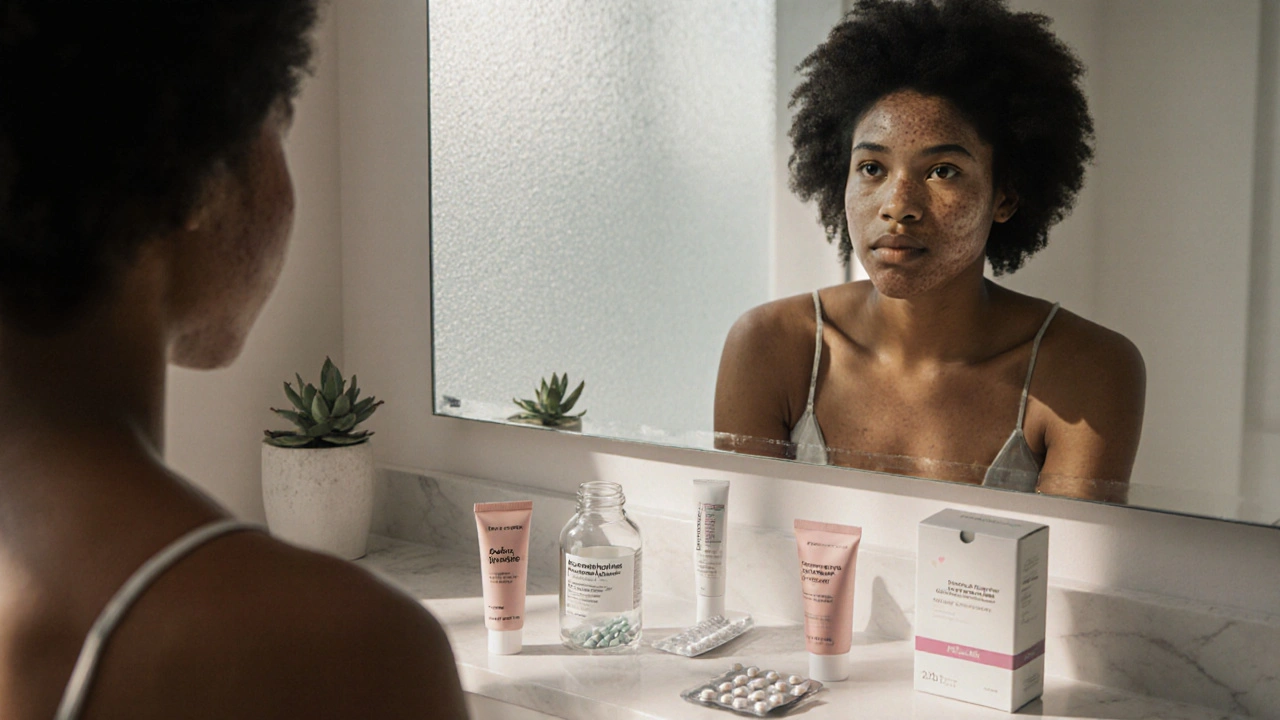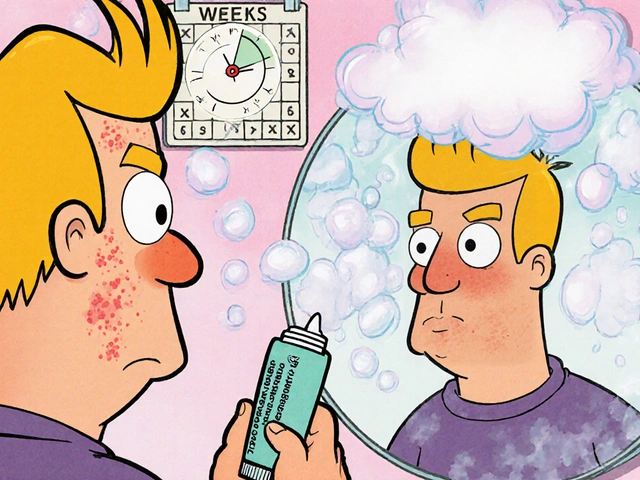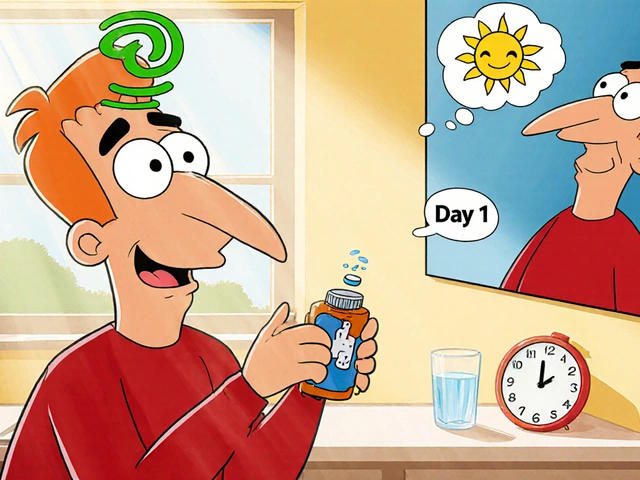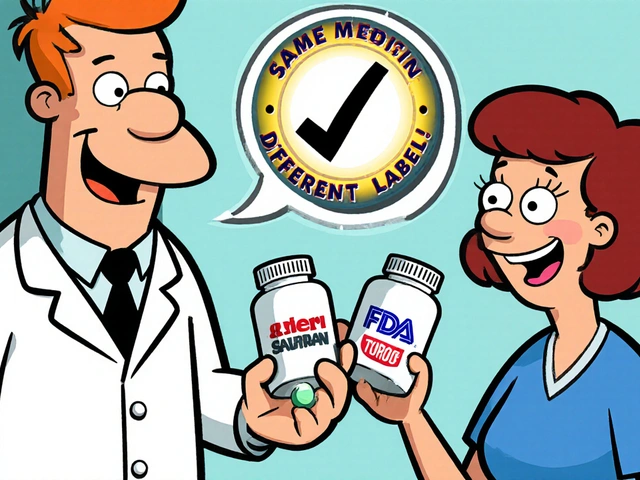Oral Antibiotics for Acne: What You Need to Know
When it comes to oral antibiotics for acne, understanding the basics can save you from side‑effects and wasted time. Oral antibiotics for acne, systemic medications taken by mouth to reduce acne‑causing bacteria and inflammation. Also known as systemic acne therapy, they are commonly prescribed when topical options aren’t enough.
Acne itself is a chronic skin condition that results from clogged pores, excess oil, and bacterial overgrowth. Acne, inflammation of hair follicles and sebaceous glands, often driven by Cutibacterium acnes. While many people think of it as just a teenage problem, adults can struggle with hormonal or stress‑related flare‑ups too. The bacteria that live in our pores feed on oil and release enzymes that trigger inflammation, which is why antibiotics can be effective.
Key Considerations Before Starting Treatment
One of the biggest concerns with any antibiotic course is resistance. Antibiotic resistance, the ability of bacteria to survive despite exposure to drugs designed to kill them. Overusing oral antibiotics for acne can encourage C. acnes strains that no longer respond, making future infections harder to treat. This is why dermatologists usually limit the duration to three to four months and pair the medication with a topical retinoid or benzoyl peroxide to boost effectiveness and reduce resistance risk.
The most common oral antibiotics fall into the tetracycline family: doxycycline, minocycline, and tetracycline itself. They work by inhibiting bacterial protein synthesis and have anti‑inflammatory properties that calm red, painful lesions. Typical dosages range from 50 mg once daily for mild cases up to 100 mg twice daily for severe nodular acne. Side effects can include stomach upset, photosensitivity, and, rarely, liver enzyme changes. Another option is the macrolide class—azithromycin and erythromycin—which is useful for patients who can’t tolerate tetracyclines, but they carry a higher risk of gastrointestinal upset.
For patients with hormonal acne—where excess androgens drive excess oil production—antibiotics alone often aren’t enough. Combining oral antibiotics with hormonal treatments like combined oral contraceptives or spironolactone can address the root cause while the antibiotic clears existing lesions. It’s also worth noting that isotretinoin, a powerful oral retinoid, is reserved for severe, scarring acne that hasn’t responded to antibiotics, because it works by shrinking oil glands and normalizing skin turnover.
Before you start, ask yourself these practical questions: Do you have clear guidance on dosage and treatment length? Are you monitoring for side effects like sun sensitivity or gut discomfort? Have you discussed a plan to taper off the antibiotic and switch to maintenance therapy? Answering these will help you avoid the pitfalls of long‑term antibiotic use and keep your skin on a path to lasting health. Below you’ll find a curated list of articles that dig deeper into each of these topics, from choosing the right drug to managing resistance and exploring non‑antibiotic alternatives.




